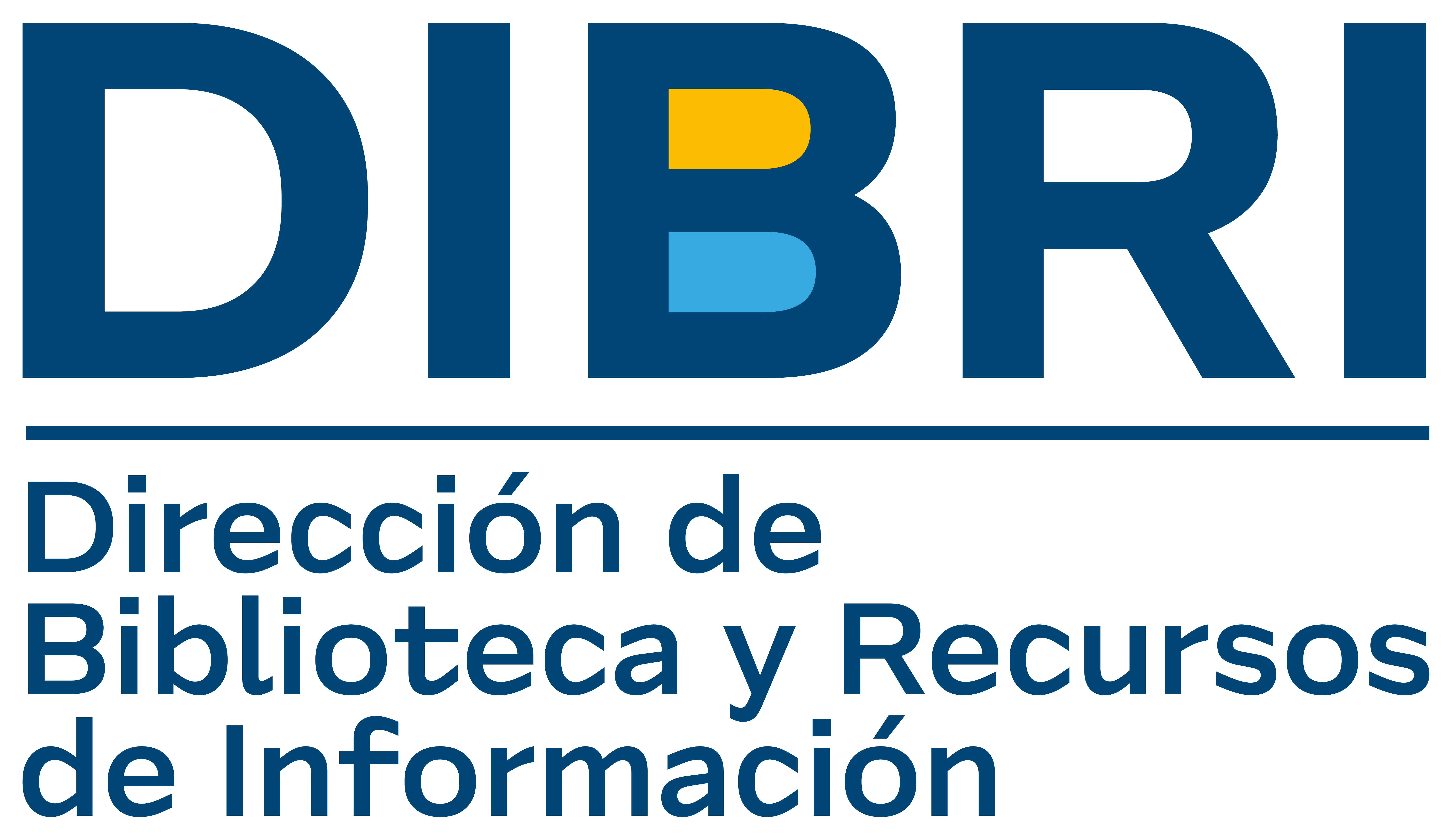Mostrar el registro sencillo del ítem
A study on motion verbs in EFL learners
| dc.contributor | Universidad Católica Silva Henríquez. Facultad de Educación. Departamento de Humanidades y Educación Media | |
| dc.contributor | Concha Ahumada, Estefani | |
| dc.contributor | García Velásquez, Ximena | |
| dc.contributor | Ramírez Osses, Priscila | |
| dc.contributor.advisor | Aspeé, Carlos [prof. guía] | |
| dc.creator | Amigo Vidal, Marisel | |
| dc.date.accessioned | 2021-10-12T15:06:13Z | |
| dc.date.accessioned | 2022-03-30T13:56:52Z | |
| dc.date.available | 2021-10-12T15:06:13Z | |
| dc.date.available | 2022-03-30T13:56:52Z | |
| dc.date.issued | 2012 | |
| dc.identifier | 109732 | |
| dc.identifier.other | INGL A838s 2012 c.1 | |
| dc.identifier.other | CENTRAL | |
| dc.identifier.uri | http://repositorio.ucsh.cl/xmlui/handle/ucsh/1999 | |
| dc.description | Seminario de título (Licenciado en Educación y Profesor de Educación Media en Inglés) -- Universidad Católica Silva Henríquez, 2012 | |
| dc.description.abstract | It is a well-known fact that language and culture are inextricably interwoven. Culture plays a very important role in language because it has a strong influence on mental development of every speaker and how the world is seen. This is why today linguists and other researchers working in cognitive studies consider that language, culture, and (un)consciousness between them, are interdependent (Krashen 1995). For example, consciousness provides a speaker the notion of the existence of certain grammatical rules when learning a second language. As Krashen (1995: 42) claims: ‘L1 is a subconscious learning process and so it should be the proofs of foreign language acquisition. In cognitive terms, personality interferes on foreign language acquisition and mother tongue even more. Culture and personality have then played an important role in the process of learning the target language.’ But how can this relationship between language and culture be identified? And how can it be measured? Semantics and syntax are the fields of preference to search for answers when doing research in cognitive studies. Different theories have been given to explain semantic relationships. In the present work, for instance, Talmy´s typology focuses on identifying the existence of transfer from L1 to L2 when narrating a motion event, where the 1 main focus is the semantic and surface elements that encode the meaning of motion. It is common for speakers to narrate events which include verbs about movement from one location to another. In the narrations of this type of events, for example, EFL learners, especially in the lower levels, commonly make use of morpho-syntactical and semantic structures from Spanish, which are the result of L1 transfer or language interference. Measuring these features is a complex task and in the literature there are few reliable tests which can measure the type and amount of transfer. Thus, the main objective of this research considers the study of such transfer from Spanish (L1) into English (L2) of two levels in EFL, bearing in mind the need to define some practical implications for the teaching of English. To gather the corpus, a video sequence was produced, and then it was shown both to English native speakers and to Chilean EFL learners, who produced written descriptions of the events; and finally, the corpus was analysed in order to find different strategies and types of lexicalization patterns. Few studies of this type have been published in Chile, and are almost non-existent at university level. | |
| dc.format.extent | 151 h. gráfs. | |
| dc.language.iso | eng | |
| dc.publisher | Santiago, Chile: UCSH | |
| dc.rights | Atribución-NoComercial-SinDerivadas 4.0 Internacional (CC BY-NC-ND 4.0) | |
| dc.rights.uri | https://creativecommons.org/licenses/by-nc-nd/4.0/deed.es | |
| dc.subject | Enseñanza del inglés | |
| dc.subject | Estrategias de aprendizaje | |
| dc.title | A study on motion verbs in EFL learners | |
| dc.type | Seminario de título | |
| dc.file.name | 109732.pdf |



